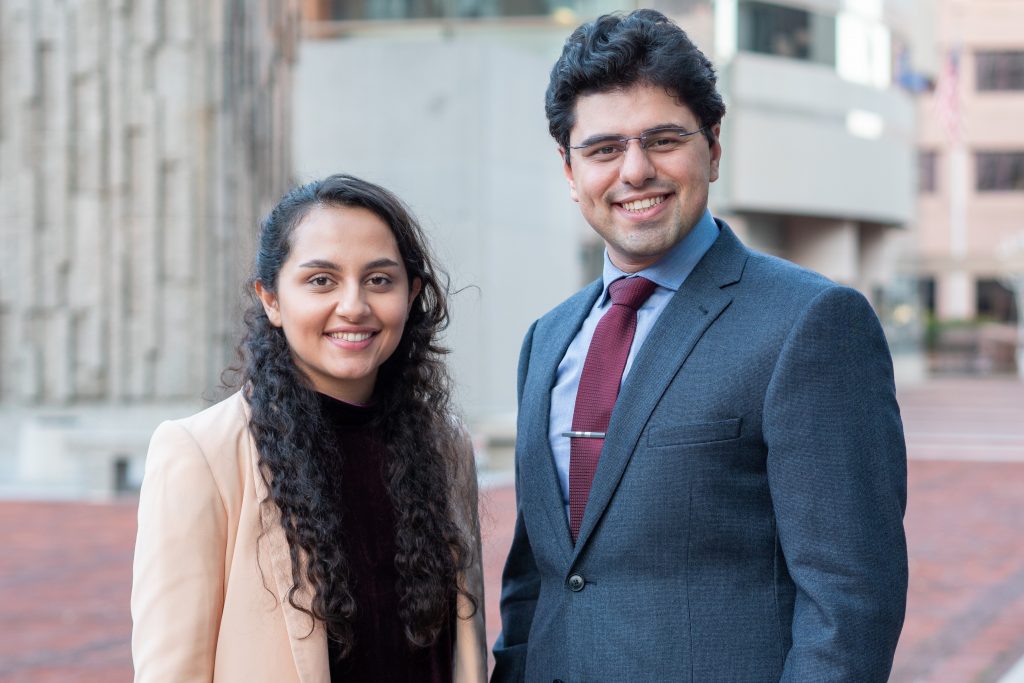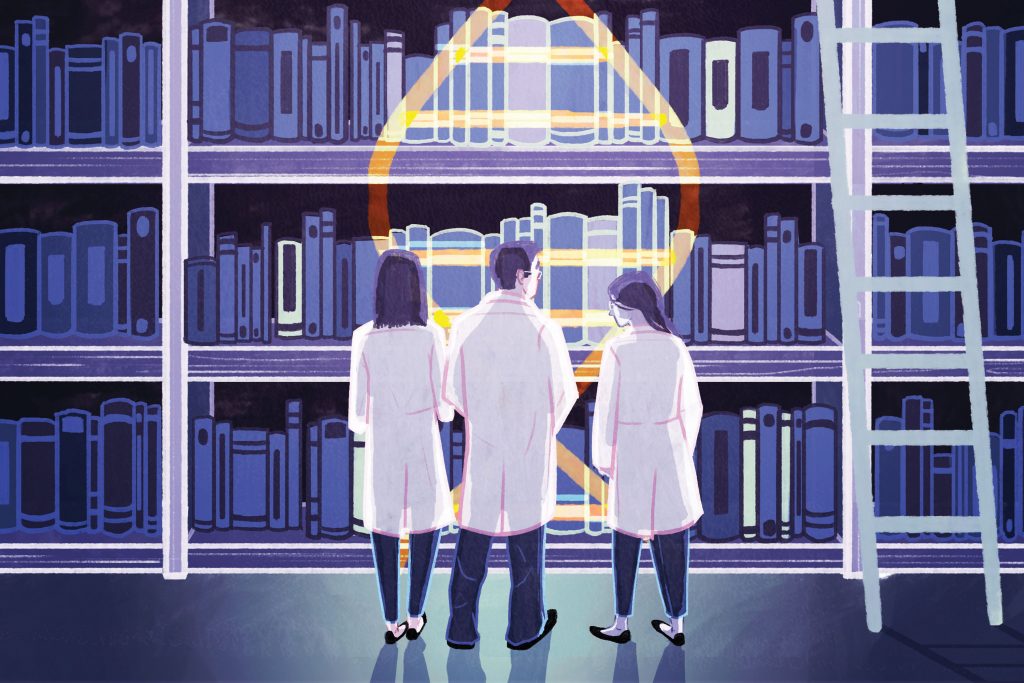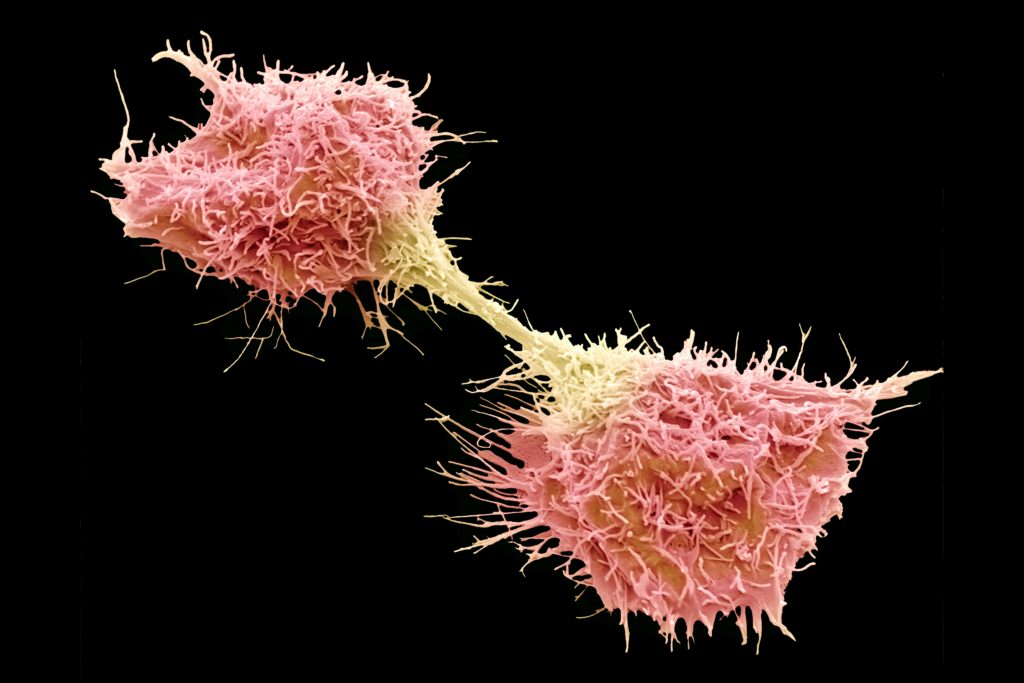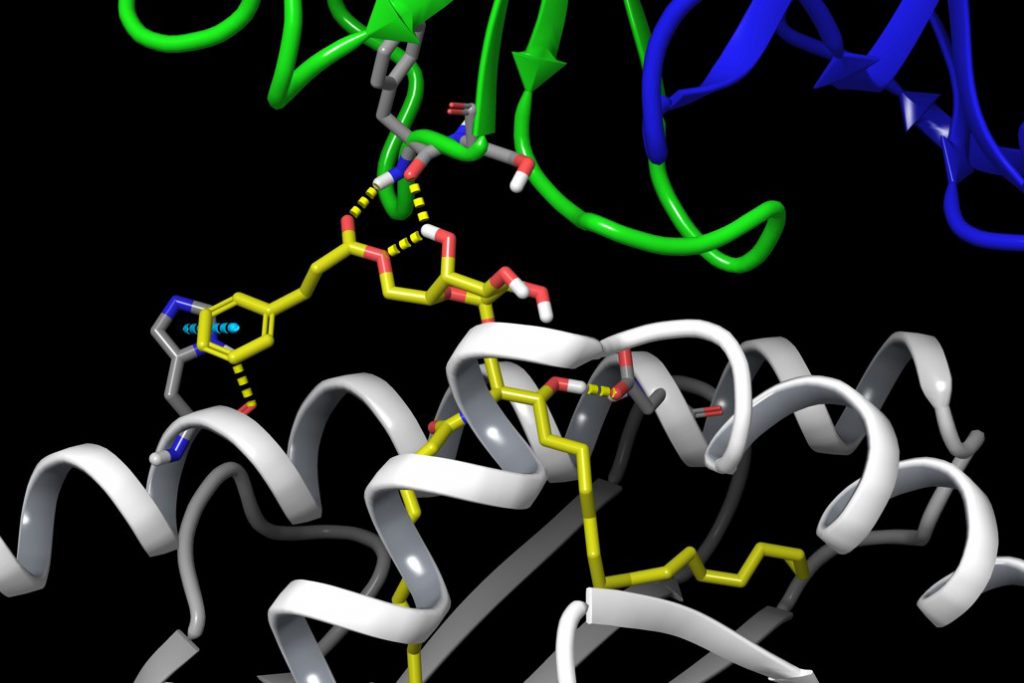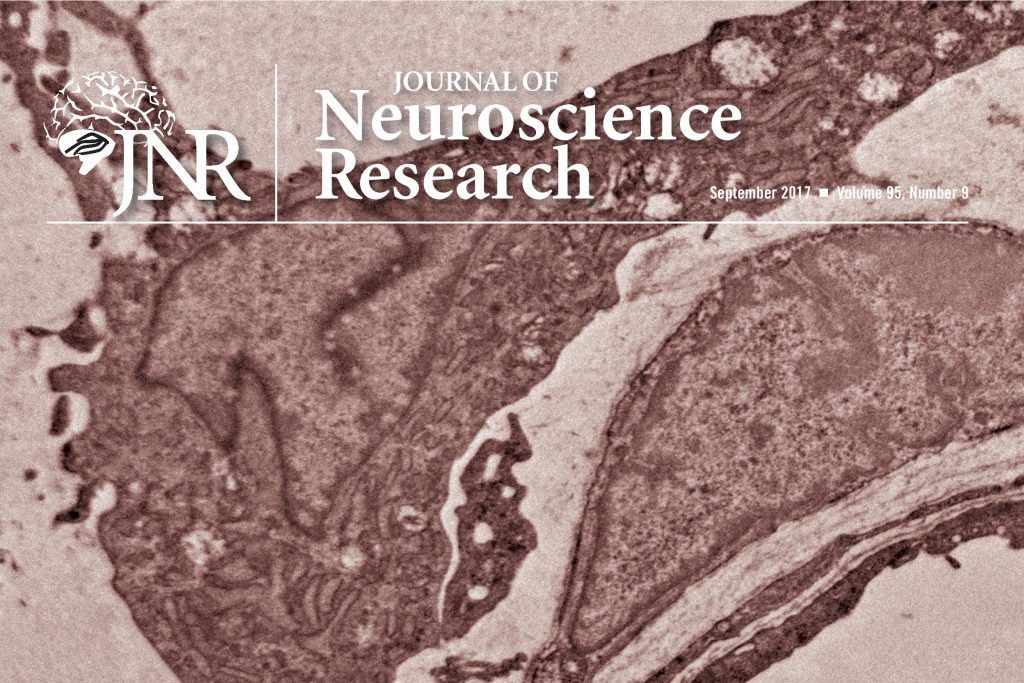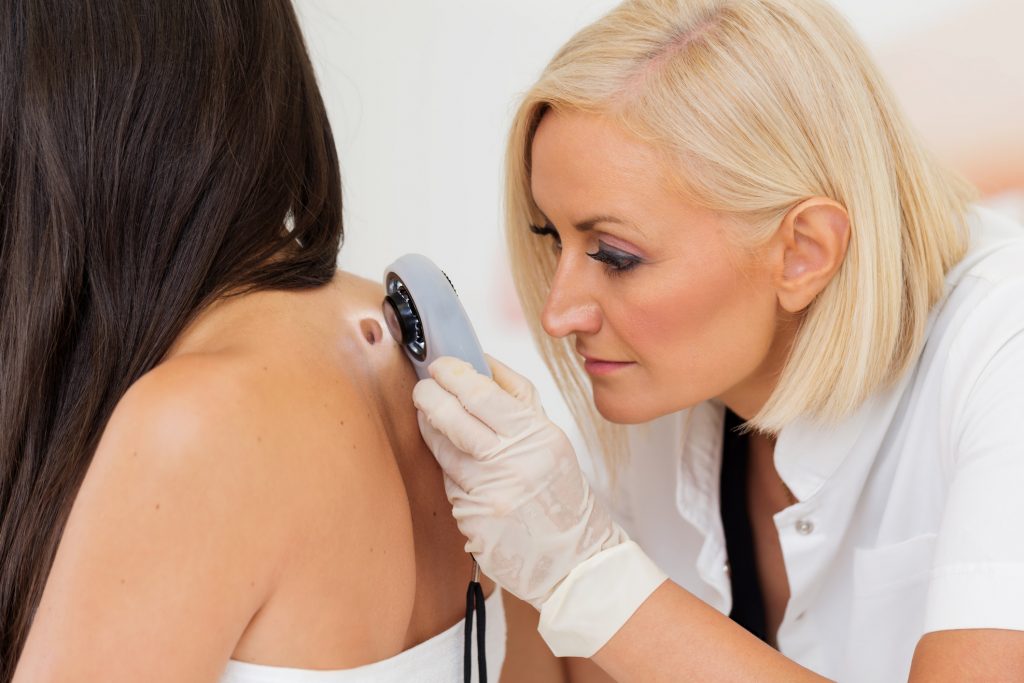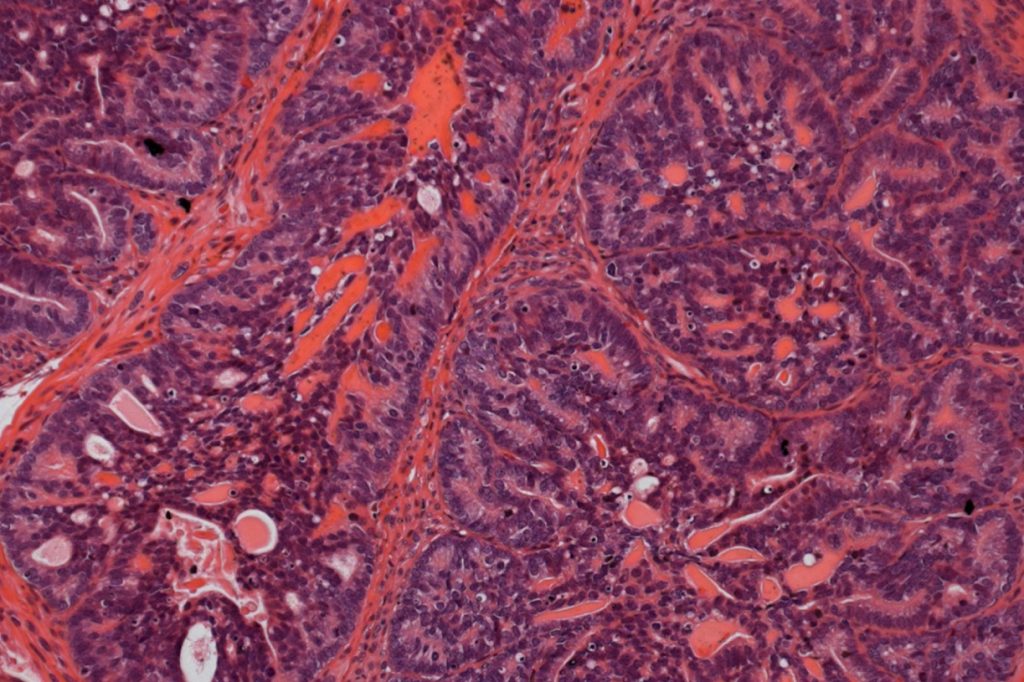Cancer
New Technology Designed to Reduce Mortality Rates in Cancer Patients
A pair of Ph.D. students developed a technology that takes a patient’s tumor cells and grows them outside of the body to test different cancer treatments.
April 10, 2019 | Anna Zarra Aldrich '20 (CLAS), Office of the Vice President for Research
Curators Versus Cancer
A special team of medical literature experts are on the hunt for cancer's kryptonite, one mutation at a time.
November 27, 2018 | Kim Krieger
Stopping the Resistance of Cancer Cells to Treatment
UConn researchers have discovered molecules that could make cancer cells more vulnerable to chemotherapy.
September 24, 2018 | Colin Poitras
Ovarian Cancer Cells Hoard Iron to Fuel Growth
Researchers at UConn Health have found that iron may be playing a critical role in increased fatty acid synthesis in cancer.
August 15, 2018 | Kim Krieger
New Compound Helps Activate Cancer-Fighting T Cells
UConn researchers have identified mechanisms responsible for improved immune system activity, offering new approaches for more effective cancer treatments and vaccines.
April 2, 2018 | Colin Poitras
Higher Breast Cancer Risk in Western Parts of Time Zones. Is Electric Light to Blame?
On a societal level, position in a time zone affects how early a person must turn on the lights in the morning.
October 24, 2017 | Richard G. 'Bugs' Stevens, School of Medicine
Evidence Supports Link Between Breast Cancer, Light Exposure at Night
Artificial light has transformed the night sky, a change researchers continue to link to health problems.
August 28, 2017 | Richard G. 'Bugs' Stevens, UConn Health
A Better View of How Tumors Form in the Eye
UConn Health neuroscientists believe they are closing in on an explanation for the reason our corneas, the transparent layer that forms the front of our eyes, have a natural ability to prevent the formation of tumors.
May 10, 2017 | Christopher DeFrancesco '95 (CLAS)
Melanoma’s Signature
On Melanoma Monday, UConn Health dermatologist Sam Dadras discusses his research, which found a molecular signal that could distinguish which skin cancers need more aggressive treatment.
May 1, 2017 | Kim Krieger
Mark of Malignancy Identified in Prostate Cancer
Researchers at UConn Health have identified a protein that appears to indicate how aggressive a prostate cancer will be, potentially leading the way to new treatments.
March 30, 2017 | Kim Krieger
